For the vast majority of people, Blockchain is synonymous with Bitcoin and Ethereum. Yet there’s a lot more to learn about the Blockchain ecosystem. As of January 2021, there are over 4,000 cryptocurrencies in existence. Navigating this space can be difficult, particularly with new companies entering the market on a regular basis to take advantage of the expected exponential growth. Other than Ethereum and Bitcoin, we’ll learn about and discuss the top 5 blockchain projects in this guide.
1. Libra
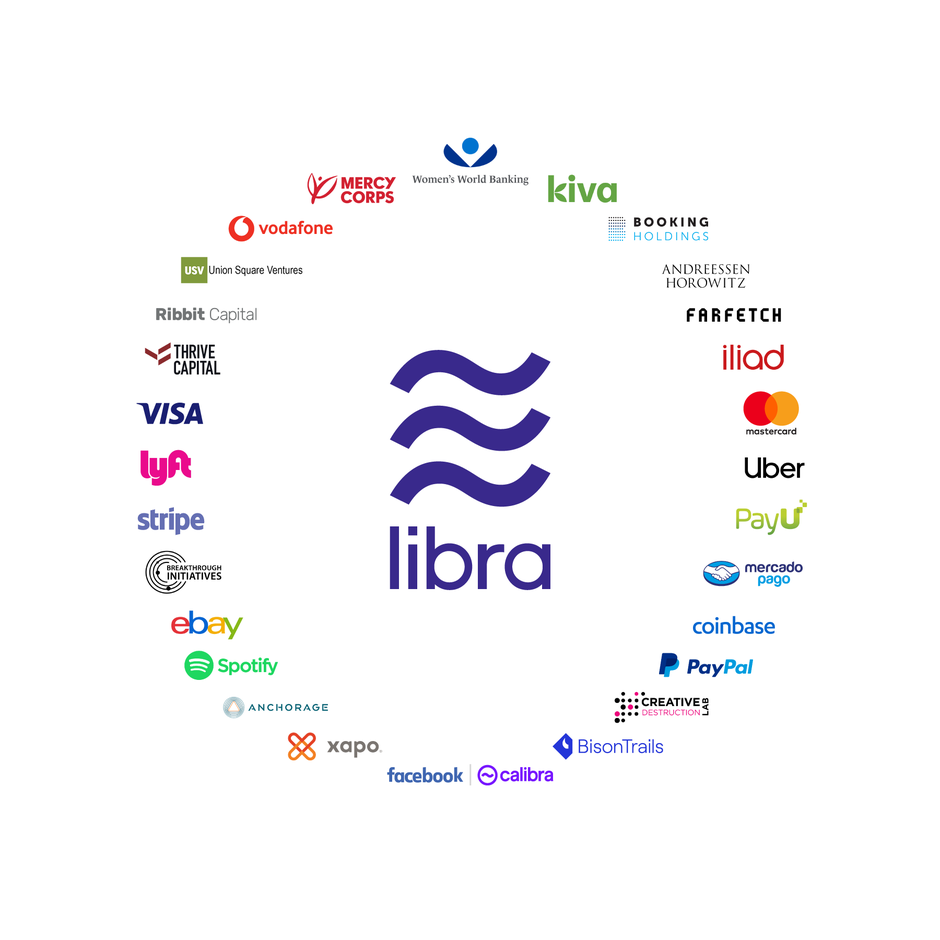
Introduction
It is an effort by Facebook to transform the worldwide financial environment. It can be used as an easy and low-cost currency worldwide.
Features
Stablecoin:
It is a stablecoin because it is backed by a basket of assets that includes global currencies and government debt securities.
Move:
There’s also a new programming language called Move and a new digital wallet called Novi to go along with the new currency. The relationship between Move and Libra is similar to the relationship between Solidity and Ethereum.
Libra Association:
It is backed by the Libra Association, a group of powerful businesses like Visa, Mastercard, PayPal, and eBay are among the members of Association. The Libra Reserve is managed by the Association, and they are the only entities that can create or destroy tokens. All platform choices are made by a two-thirds majority, which is hardcoded into the protocol.
Advantages
Backed up by Real Assets:
It is backed up by real assets. Other cryptocurrencies are backed by real-world assets. Most, however, are tied to a single currency. Libra, on the other hand, makes use of a basket of major currencies as well as government debt instruments.
Low Volatility:
Low fees and a real asset-backed reserve, which results in low volatility, make it a more practical mainstream medium of exchange than many other cryptocurrencies, unlike the majority of popular cryptocurrencies which are held as a store of value.
Disadvantages
Less Decentraization:
It is not completely decentralized. While the white paper mentions a goal to become decentralized, it will not be considered a true cryptocurrency before this occurs. Regulators’ concerns about privacy practices could prevent Libra from becoming a mainstream currency. The Cambridge Analytica controversy affected Facebook in March 2018. In one of the worst data privacy attacks in history, the personal information of over 50 million Facebook users was compromised.
2. Polkadot
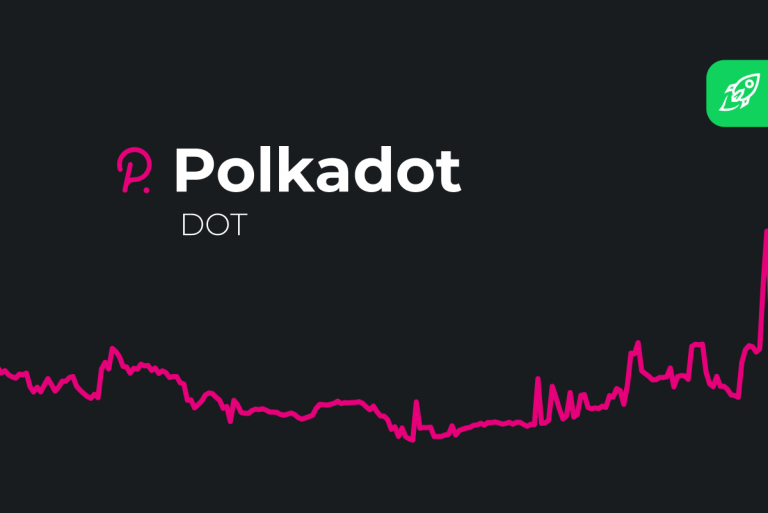
Introduction
It was established by Gavin Wood, another member of the Ethereum project’s core founders who had opposing views on the project’s future. It is a proof-of-stake cryptocurrency designed to provide interoperability with other blockchains. Its protocol connects permissioned and permissionless blockchains, as well as oracles, allowing systems to collaborate under one roof.
Structure
Relay Chain:
It is the base Polkadot chain that links all of the individual chains. As a result, they can resolve interoperability problems between the linking chains gradually.
Parachain:
It refers to parallelized chains that run through the Polkadot network. These assist in device scaling by parallelizing operations.
Bridge Chain:
It links blockchains that do not obey Polkadot’s governance protocols.
Advantages
Consensus Mechanism:
Since different blockchains use different consensus mechanisms, they offer a transparent and adaptable consensus mechanism to host them.
Hard Forks:
It can accept updates without needing big hard forks to implement upgrades.
Security:
The blockchains that bind to it can be protected by a single security umbrella which will aid in the protection of small chains that lack successful security.
Transaction Fees:
Relative to Ethereum, it appears to have lower transaction fees.
Disadvantages
Smart Contract:
There are various smart contracts platforms available right now, and all of them are competing for attention in the crypto world due to which it faces a big obstacle from Cardano to Ethereum.
Unpredictable:
As a result, if it does not demonstrate that it has a future in smart contracts, it will be difficult for the blockchain to succeed.
3. Cardano
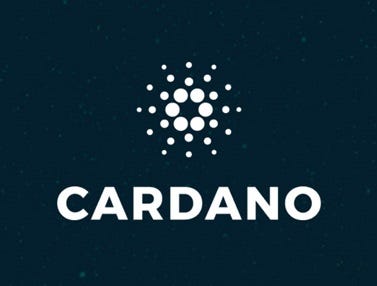
Introduction
It is a cryptocurrency network and open-source project with the aim of operating a public blockchain platform for smart contracts. Ada is the name of Cardano’s internal cryptocurrency. Charles Hoskinson, one of Ethereum’s five original founding members, co-founded the project. He left Ethereum after some disputes with the path it was going and later helped to establish Cardano.
Features
Ouroboros protocol:
While other Proof-of-Stake blockchains exist, the Cardano team argues that none of them have a completely random method of choosing a validator. This protocol builds on the traditional Proof-of-Stake model by ensuring that everybody has an equal chance of winning the award. This is often referred to as The Honest Majority because it means that if people have a significant stake in the blockchain (for example, holding a large number of ADA coins), they have an opportunity to ensure that the network stays safe, stable, and honest.
Daedalus Wallet:
Cardano has its own official wallet for holding ADA coins.
Advantages
Multiple Layers:
It would be the first blockchain to employ several levels of protection (settlement and computational layer). The settlement layer has been constructed and is now fully operational. Users will now send and receive ADA coins from wallet to wallet. This is equivalent to how users can transfer Ethereum (ETH) to one another. The computation layer is currently under development. When it is released, users will be able to create and enter into smart contracts.
Trust:
The creator has worked on successful projects like BitShares and Ethereum.
Transactions:
It has low-cost and fast transactions.
Disadvantages
Development:
Since the blockchain is still under development, some of the Cardano arguments are hypothetical.
Wallet:
The Daedalus wallet has several flaws which include being unable to link to the network, sync barriers, and transfers that do not hit the recipient.
4. Tezos
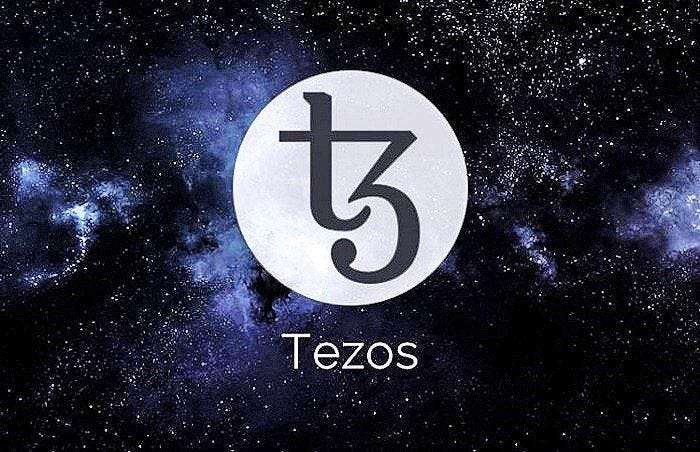
Introduction
It is a blockchain network that is connected to a digital token known as a tez or a tezzie. Tezos is not focused on tez mining. Instead, token holders are credited for engaging in the proof-of-stake consensus process. Between October 2019 and February 2020, the price of tez more than tripled and hit all-time highs. Tezos was gaining momentum again as of February 2020.
Features
Liquid Proof of Stake:
Tezos is a liquid proof-of-stake model that enables a certain number of Tezos tokens to be staked in order to engage in blockchain consensus. Baking refers to the method of staking Tezos tokens (XTZ).
On-Chain Governance:
You can participate in the protocol’s governance if you own Tezos. It allows token holders to vote on future expectations.
Advantages
Consensus Mechanism:
It employs the Proof-of-Stake consensus mechanism, in which participants provide only the computational resources needed to keep the network going at a low cost.
Upgrade:
It is through self-amendment that the network can propose and adopt new technological innovations as they arise.
Agreement:
It encourages every stakeholder to engage in the consensus process and rewards them for contributing to the network’s security and stability. It provides stakeholders with structured and systematic protocols for reaching an agreement on proposed protocol amendments.
Disadvantages
Unpredictable:
Tezos is currently viewed as an inexperienced network by blockchain developers so it is impossible to foresee what its transaction fees and speeds will be as the technology becomes more commonly used.
5. Chainlink
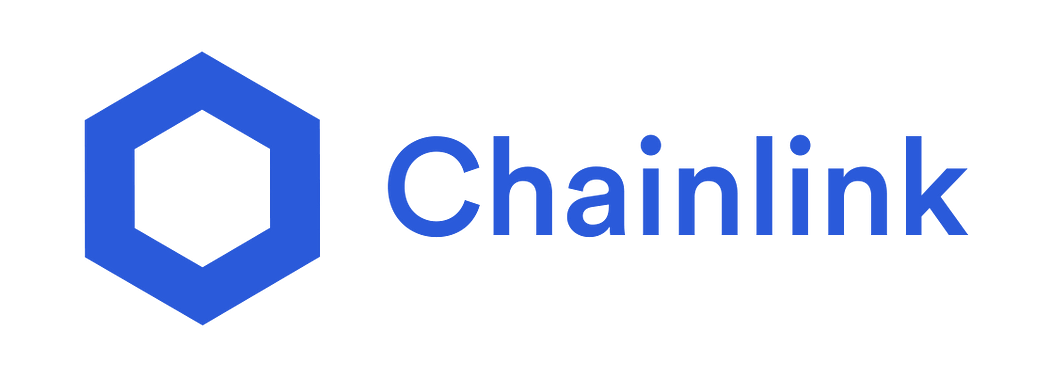
Introduction
It is a well-known Ethereum blockchain-based decentralised oracles project that has become the major interconnection pillar between the real world, DApps, and the DeFi ecosystem.
Features
Bridge:
Chainlink and other oracles aim to build a bridge that will allow us to securely transfer information from our real world to the blockchain world and its smart contracts.
Node operators:
Chainlink node operators operate in decentralised oracle networks, allowing reliable and secure access to external data. They are in charge of running the oracle architecture, which allows smart contracts on each network to access the real-world data they need to function properly.
Link:
LINK is an ERC-20 token, which means it operates on the Ethereum network. It is in charge of providing an opportunity for node operators to do well. With each node deployed and each information request addressed appropriately, the nodes and their operators collect Link tokens, which are delivered as payment for their efforts.
Advantages
Compatibility:
The Chainlink project allows for compatibility with Bitcoin and Ethereum, as well as the inclusion of banks and financial providers in the system.
History:
Since 2014, the SmartContract company, which served as the backbone of Chainlink developers, has been involved in contract automation.
Trust:
Collaboration with the largest corporations like Google Cloud, Oracle, and SWIFT helps in building trust.
Disadvantages
Less Decentraization:
It is not completely decentralized due to use of oracles.
Attacks:
A malicious attacker can launch a Sybil attack against the network, adding false data and manipulating the data provided by the network, impacting those who request the manipulated information. While this is an impossible possibility, but the dilemma still persists.
Conclusion
Blockchain’s disruptive ability is often compared to that of the Internet. There are many prospects in these fields for individuals interested in working in the blockchain industry. Apart from these top five blockchain projects, there is a range of other outstanding projects that have the potential to be game-changers. Decentralized finance (Defi) and Stablecoins are a few examples.




